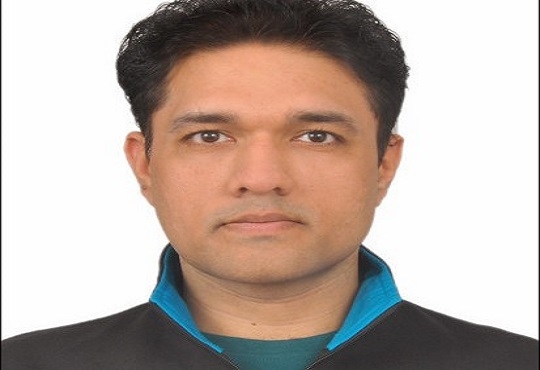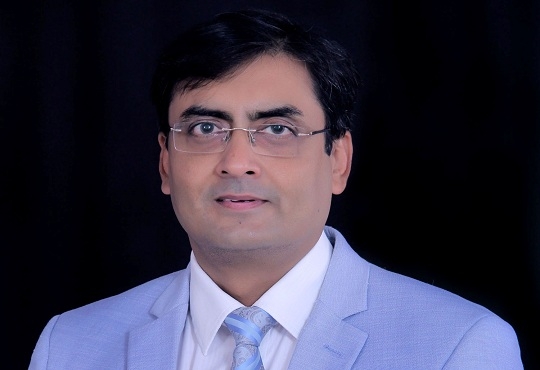
Overcoming The Curse Of Network Latency With Edge Computing
Janifha Evangeline, CIOReviewIndia Team | Friday, 15 May 2020, 03:48 IST
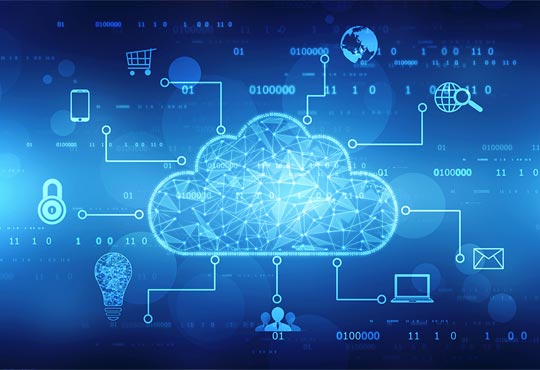
With the rise in the adoption of cloud computing, mobile network, big data and Software Defined Networking (SDN), the number of internet users have burgeoned. To catch up to the rapidly emerging trends with wireless connectivity and the internet, organizations are striving to have more cloud adoption for different business operations. Cloud computing offers a secure and controlled way of reliable remote access. However, when it comes to processing the data accumulated from the edge of the network, which is a point where an enterprise owned network connects to a third-party network, cloud computing lacks the processing speed. This is where edge computing comes into the picture, as it offers better latency when compared to cloud computing.
Edge Computing is defined as the computational processing of data away from the centralised infrastructure and close to the logical edge of networks that are towards individual sources of data. In other words, it is nothing but the IT network architecture that enables mobile computing for locally produced data. What happens in Edge computing is that it does not send data to the data centres, rather decentralises computing power to make sure real-time and hit the brakes if there is something in its path, which will require visual processing information and making quick decisions.
It approximately takes around 100 milliseconds for the data to be transmitted between the car’s sensors and cloud data centres. This figure may seem fast, but not in the case of driving. The time for data transmission has a huge impact on the reactions of self-driving cars. Edge computing, on the contrary, expedites the process and reduces the load on networks to help improve the autonomous car’s performance. Therefore, here the speed becomes one of the most critical highlights of technology such as edge computing.
Is Edge better than Cloud Computing
Today’s technology expects low latency and high speed to provide superior customer experience and hence one cannot afford to have cloud computing for every need. Moreover, with the rise in demand for real-time applications, the adoption of edge computing applications has remarkably increased. Even though centralised cloud computing systems offer ease of collaboration and access, they are remote from data sources. Therefore, this requires data transmission, resulting delays in processing information due to network latency.
Higher performance of applications
Edge computing follows an approach where it implements some systems with special needs, freeing up cloud computing to work as a general-purpose platform. For instance, the best route to a destination via a car’s GPS can be determined from analysing the surrounding areas instead of analysing the data centres of the car manufacturers, as it will be far away from the GPS. This ultimately results in higher performance of applications and lower dependence on cloud.
Although edge computing offers more advantages compared to cloud computing, it would be wrong to come to a conclusion that edge computing would completely replace cloud computing. This is because both have their own merits and demerits. Therefore, it completely depends on the organization to make the choice based on the kind of organizational requirements. Choosing between cloud and edge computing would be similar to choosing between a luxury sports car or a more spacious family car. It totally depends on what one wants and identify the needs, compare them against costs, assess and then choose the one that perfectly meets the requirements.
CIO Viewpoint
Unlocking the Potential of Cloud and AI: A...
By Pratik Jain, Lead Business Analyst – Digital Transformation, ACS Global Tech Solutions
Importance of Zero-Trust Cloud Security in the...
By Sameer Danave, Senior Director Marketing, MSys Technologies
The Transition to a Cloud-First World
By Kapil Makhija, Vice President -Technology Cloud, Oracle India
CXO Insights
AI Integration in Multi-Cloud and Edge...
By FaizShakir, VP & Managing Director – Sales, Nutanix
The Role of Hybrid Cloud in ERP Integration
By Swapnil Jugade, CIO, Revent Group
Cloud Sustainability and Its Role in a Greener...


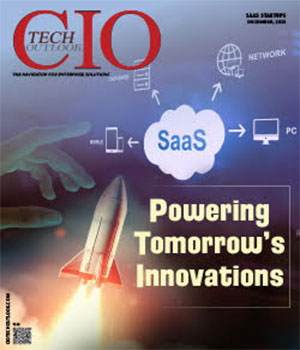
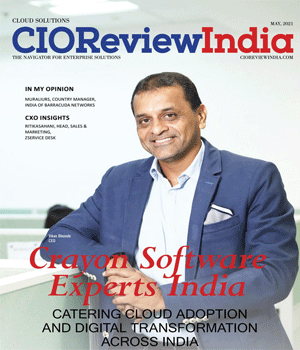
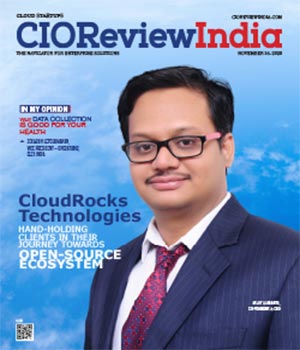
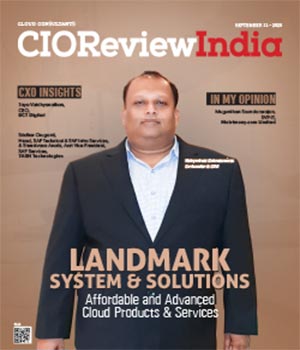
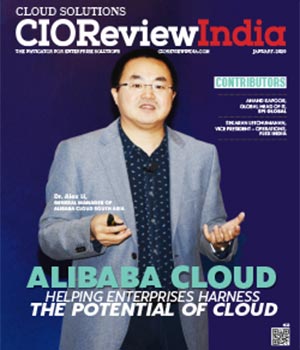
.jpg)
.jpg)
.jpg)
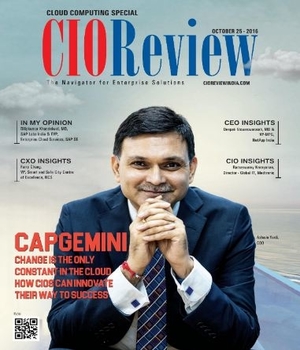
.jpg)
.jpg)
.jpg)
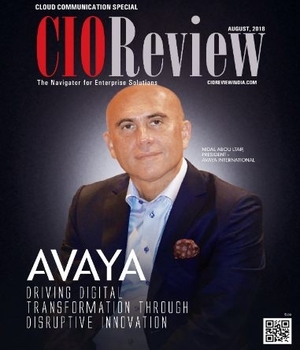
.jpg)
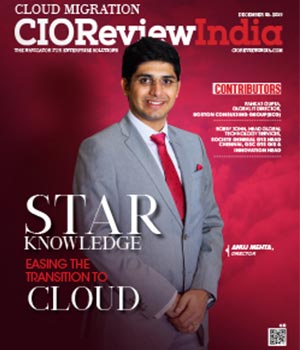
.jpg)
